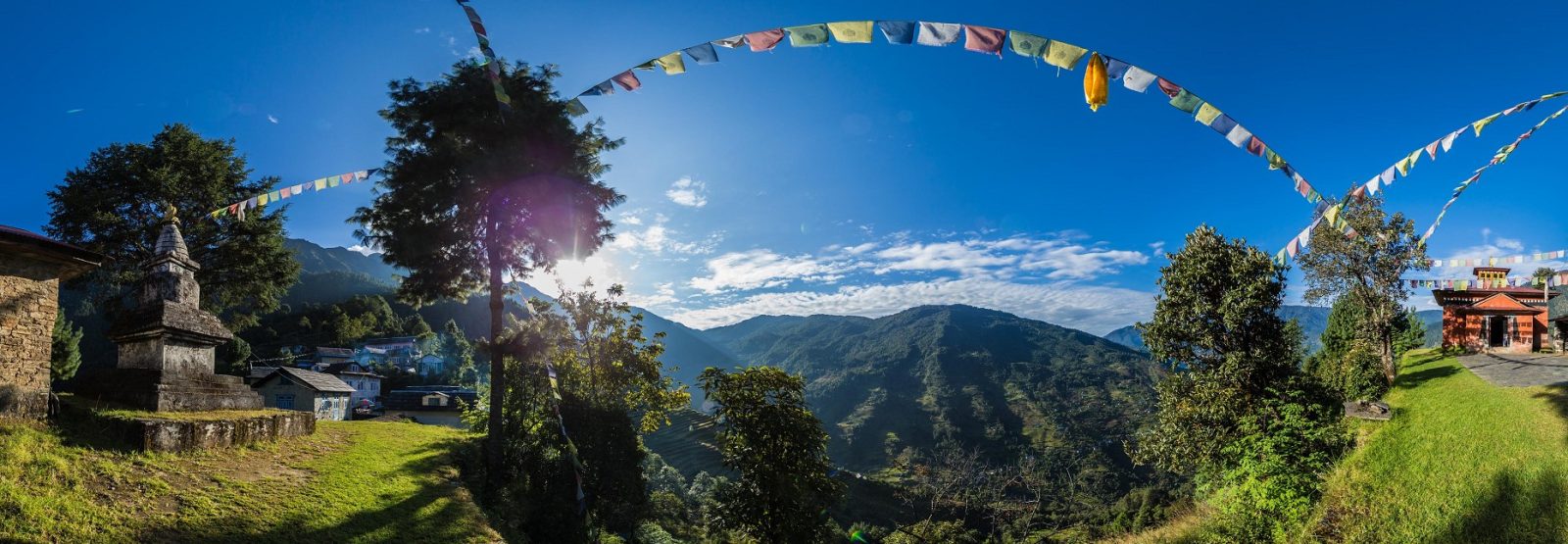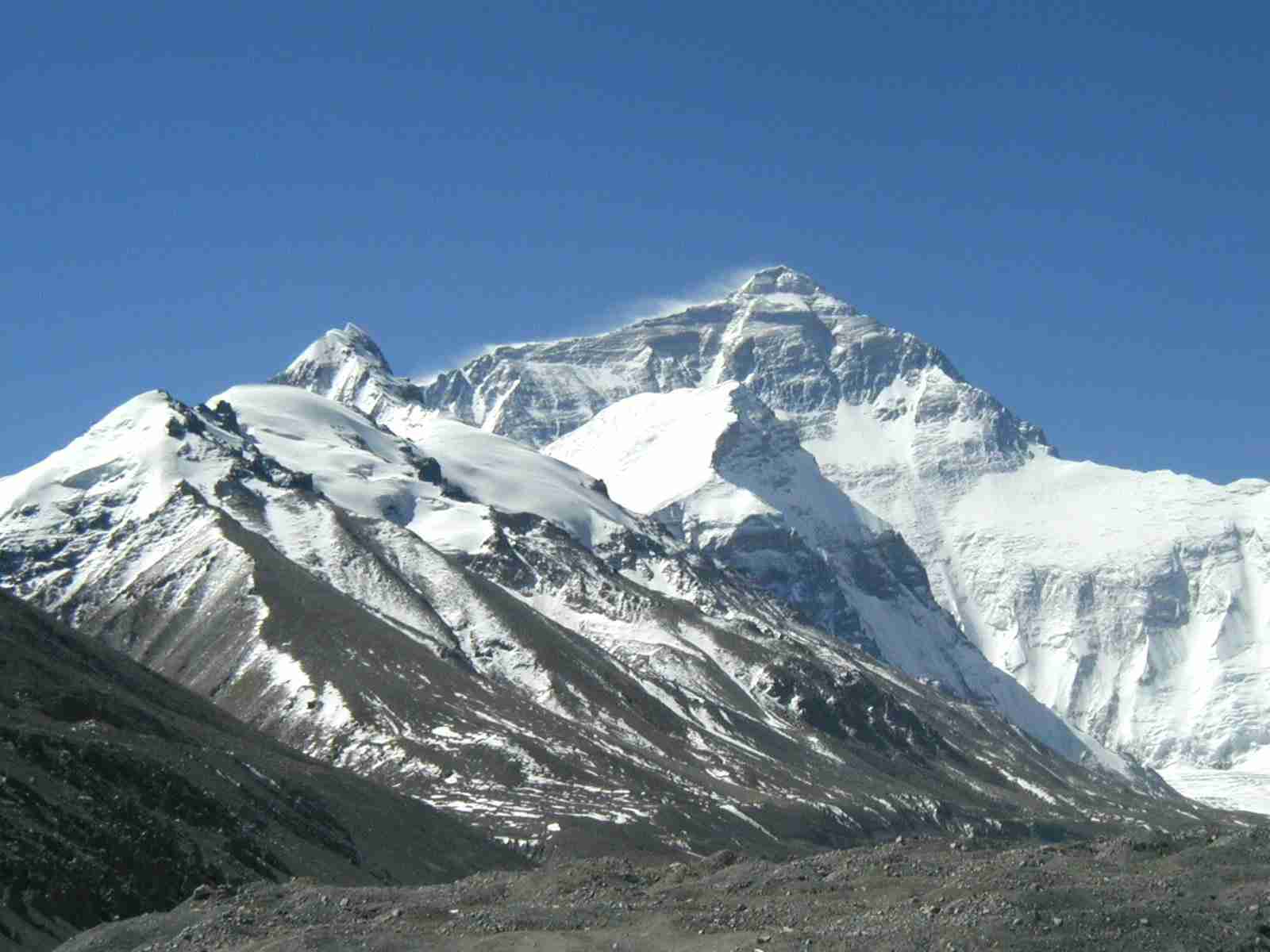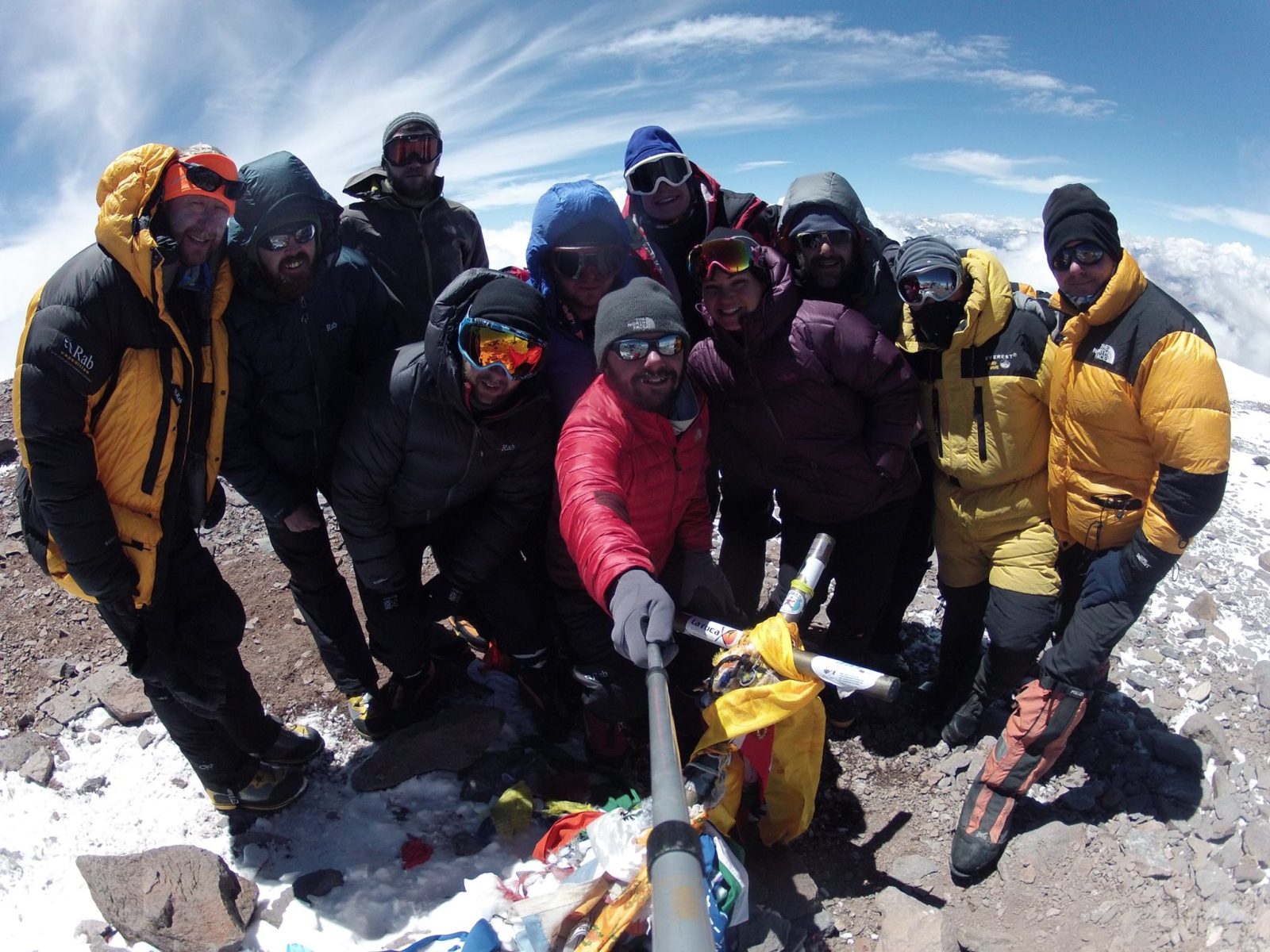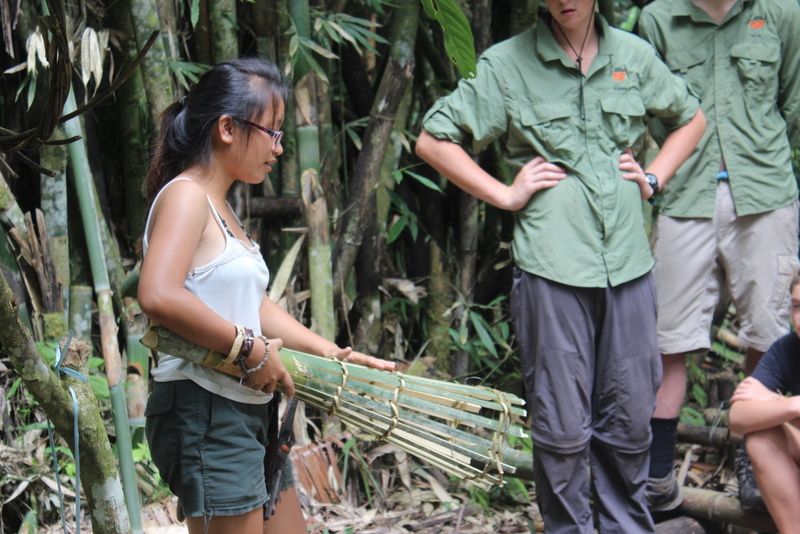
Nepal Cultural tips
NEPAL CULTURAL TIPS
Nepal is largely a very conservative and traditional society. It has deep cultural roots in Budhism, Hinduism and a complicated tribal and caste system. As a result there are many customs and taboos that we, as guests, should try our best to observe. Many of the following guidelines would come under a general banner of polite subtlety and respect.
PROPER GREETINGS IN NEPAL
The usual greeting in Nepal is “Namaste”, this is often accompanied by pressing the palms of your hands together like a prayer. The greeting translates to something along the lines of ‘the spirit within me salutes the spirit within you’ and is a mark of respect. You should always return the greeting in the same way that it was offered and instigating it on the trail can be a satisfying way of interacting.
HOW TO DRESS IN NEPAL
All persons should dress ‘modestly’, this is especially true of female visitors. For general guidance you should keep your upper arms to the elbow and upper legs to the knee covered. In addition, tops should not finish above the waistline of your trousers and expose your midriff and your neckline should not extend down more than a few inches. If you are visiting a temple or holy place it would be appropriate to dress even more modestly than that above. Also, if you decide to swim while in Nepal, ladies, please bring a one-piece swimsuit.
NEPAL CODE OF CONDUCT
Try to conduct yourselves in a generally calm and reasonably quiet manner. As a guide simply observe the local Nepalis around you and try not to be significantly louder or more boisterous than them.
IS IT OK TO SHOW SIGNS OF AFFECTION IN NEPAL?
Public displays of affection between a male and a female such as kissing will embarrass most Nepalis, especially in more rural locations, and should be avoided. You may notice Nepali men walking or standing holding hands, this is normal between friends and does not indicate anything beyond platonic friendship, do not be concerned if a Nepali whom you have come to know well sits with his arm around you.
HAND ETIQUETTE
Most Nepalis, especially Hindus, consider the left hand to be unclean. You should always therefore shake hands, offer and receive with the right hand. This is generally a good idea quite apart from the cultural aspect as the left is the one they will have used for nasty jobs like those immediately before exiting the long drop! An additional mark of respect or gratitude is shown by touching the right elbow with the left hand whilst giving or receiving with the right.
FOOD ETIQUETTE
The caste system generally observed in Nepal has an aspect of “ritual pollution” whereby a person from an upper caste will refuse food prepared by someone in a lower caste. Westerners will generally be considered as low caste. Therefore you should avoid touching any food until you are sure that you will purchase or eat it.
GIFT GIVING TRADITIONS IN NEPAL
If you are a guest in a home the host is likely to bring you a gift of food or drink. This may range anywhere from fresh milk-tea and a boiled potato to rakshi and tsampa and may be more or less palatable to you. However, you should always eat or drink some of it as a mark of respect and gratitude. Be aware that the cup may instantly be re-filled so if you are not enjoying it you may want to sip at it more slowly.
FAREWELL GIFTS: THE KHATA
If you have spent a large amount of time with a Nepali family or individual, when you come to leave they may offer a gift of a Kata, a silk scarf, usually white in colour with patterns and auspicious symbols printed onto it. The kata will be placed around your neck and a ‘Namaste’ or ‘Tashi Delek’ offered which you should return. The kata is a symbol of respect and of good fortune in your journey, it must be kept off the ground and not gotten dirty. If you choose not to take the kata home with you there are usually places on the trail where you will see kata tied to objects such as a tree or bridge. It would appropriate to tie yours here also, with the frayed ends free and off the ground, if you so choose.
THE MANI STONE AND OTHER SACRED OBJECTS
On the trails you will pass a range of different sacred objects, these will usually be obvious such as a giant rock of collection of smaller flat rocks painted or carved with mantras (mani stone), a post with brightly coloured prayer flags on it, a white dome-like structure (stupa), lines of small prayer wheels, large prayer wheels etc. These should be treated with the utmost respect and should always be passed with them to your right. ie walk towards it then turn left before you get to it. Passing on this side of the prayer wheels will also ensure that if you choose to turn them as you pass you will automatically turn them in a clockwise direction, which is also the custom.
TEMPLES AND HOLY PLACES
When entering a temple or gompa (small temple) always remove your shoes. Usually you will be forbidden from taking photographs inside such a building. However you may ask a senior monk if you are allowed to do so. When leaving the temple it is customary to leave a small donation in a collection box near to the door. On many occasions there is also a visitor book which you can sign.
FEET
Feet and shoes are often considered ritually unclean, avoid sitting with them up in the air or stepping over someone sitting on the ground. Also ensure that where you are sat you will not force others to step over you.
HAGGLING IN NEPAL
As with many nations, there is a culture of haggling in Nepal. If there is a price marked on an object then it is almost certainly inappropriate to negotiate on the price unless perhaps you are buying many items at once. However, if the price is not marked then you may begin the fine art of haggling. The vendor will quote you a price to begin with, depending on whether you are in the tourist district of a large town or in a village market the starting price may be somewhere from ten to one and a half times the going rate. At this point you will need to make a judgement call. On the one hand, paying over the odds can drive up expectations and prices generally for everyone including locals. On the other hand, driving the price of a souvenir down by the equivalent of 25 pence will make virtually no difference to you but may change the weekly income of a rural family by a few percent.
ENVIRONMENTAL AND SOCIAL ISSUES IN NEPAL
Nepal is a developing nation that can struggle to keep up with the influx of tourists. Be aware of the waste you create while on your trek. Try to unwrap new kit and supplies while at home, where it can be properly disposed of. Also, filter your water instead of buying disposable plastic bottles. There is no way for disposable plastic bottles to be recycled in Nepal and the tourism industry accounts for millions of plastic waste each year.
Do not trash the trail. Pack out your trash, or dispose of it in provided waste bins. If you really want to do your part, pick up a few items of trash that you spot along your way. A little goes a long way in protecting a high alpine environment. Try to be conscious of purchasing items with a lot of packaging. Also, don’t ever put trash in the teahouse stoves.
Unfortunately, Nepal has a problem with begging children. Giving them money, treats, pencils, balloons, etc only encourages this behavior. If you would like to help the country of Nepal consider participating in one our volunteer trips through Moving Mountains.
FESTIVALS AND HOLIDAYS
Nepal is predominantly Hindu and there are several festivals that go on throughout the year. Buddhist holidays also take place throughout the year. Needless to say, Nepal hosts a celebratory culture where there is always a holiday to look forward to. Nepal also follows a different calendar, the Bikram Sambat Calendar. They are approximately 56 years and 8 months ahead of the English calendar. This means that the Nepali New Year happens around the middle of April. The holidays primarily affect government shut-downs, but many private businesses remain open. Whether or not you are affected by a holiday primarily revolves around what region you are in at the time.
Notable holidays include:
- Shree Panchami: Celebrates Saraswati, the goddess of learning. Happens in January
- Holi: A Hindu festival of colors. Happens in mid-March
- Ghode Jatra: Also in mid-March is a horse racing event in Tudikhel
- Mata Turtha Puja: Nepalese Mother’s Day. Held in early May.
- Buddha Jayanti: The celebration of Buddhas birthday. Typically in June
- Gaijatra: Honors the god of death, Yamaraj. This festival includes a parade of cows. Held in August or early September
- Indra Jatra: An eight-day festival combining both the Hindu and Buddhist versions of this celebration. Takes place in late August or September
- Krishna Janmastami: A celebration of Lord Krishna’s birthday. Held in September.
- Dashain: Nepal’s most important festival, celebrated throughout the country. Takes place over two weeks at the end of September
- Tihar: Nepal’s version of the Hindu Festival of Lights. A five day festival held in October that celebrates dogs, cows, and light.
FOOD AND DRINK IN NEPAL
Nepalese cuisine is heavily influenced by both Tibet and India. Nepali food is simply delicious and there are many different dishes to try while exploring Nepal. A staple meal is Dal Bhat. This savory curried lentil soup is packed with flavor. The dish is served with rice and Takari, or curried mixed vegetables. Many Nepalese eat Dal Bhat twice a day. If ordered at a teahouse, expect to be asked if you would like seconds.
Momos, a delicious steamed dumpling stuffed with meat or veg, are another delicious item on almost every menu in Nepal. While in Kathmandu, give Newari food a try. A traditional tribal culture of Nepal, Newari create complex spicy dishes that are well worth a taste.
Since there is limited refrigeration while trekking in remote areas, it is advised that you stick to vegetarian meals while on your trek. This will help keep any stomach problems at bay.
It is legal to drink alcohol in Nepal. Beer is widespread and Nepal makes some of its own. Some of the better beers are Khumbu Kolsch and Everest Lager. Liquor is also available, in particular you will find Nepali rum along the trail. However, do take care when drinking at altitude, it is advised not to drink any alcohol on your way up to your destination, instead save any celebration once you are at a lower altitude.
After a long day trekking there is nothing quite like a cup of Nepali tea. With several different flavors to choose from the teahouse keeps its namesake by serving up delicious warm beverages. Sherpa tea, a fatty concoction of butter, milk, and tea is worth a try if you have not had anything like it before.
TIPPING IN NEPAL
Tipping at restaurants in Nepal is customary. The bill might include a service charge, so be sure to check when it arrives. If nothing has been added 5-10% is acceptable. For taxi drivers, simply round up the fare. Tipping your guide and porter is not mandatory, but it is customary if you like the service you have received. For many guides and porters, their real wages are made in tips. To read more about tipping check out our Tipping Advice.
If you happen to forget one of these general rules and suddenly realise that you have walked to the wrong side of a mani stone for example, don’t panic! Most Nepalis are very calm and gentle people, simply correct or acknowledge your error if possible and remember for next time.
Book Your Adventure of a Lifetime Now
Discover our trips to other Countries
Adventure Alternative Articles

12 MONTHS, 12 MOUNTAINS
Climbing Calendar Ready for World Mountain Day In celebration of World Mountain Day, we've created a calendar for the year to make it easy for...

Mount Aconcagua Trip Review
January 2016 This year we had a team of twelve clients from four different countries – Iran, Ireland, England, South Africa and Argentina –...

Alcey’s Survival Skills Course at Lupa Masa Jungle Camp
SURVIVAL SKILLS COURSE AT LUPA MASA JUNGLE CAMP | ADVENTURE ALTERNATIVE In celebration of International Rural Women’s Day, we’re talking...